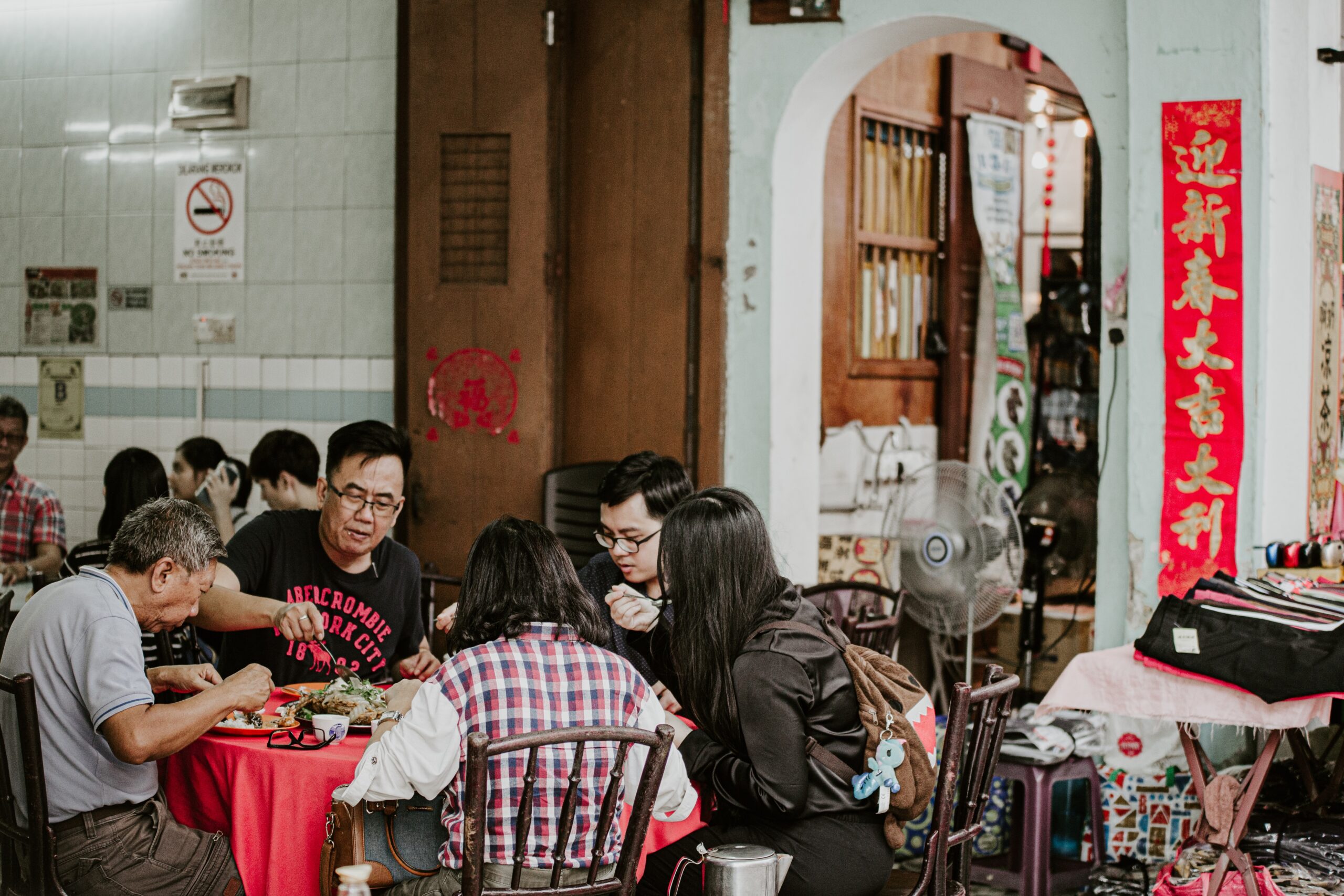Chinese Restaurant Names
Project
Chinese restaurants are central to the dining scene in the United States and have reflected how Chinese immigrants have culturally adapted into American life. As a way of studying this cultural accommodation, previous research has found Chinese restaurants tend to use common and stereotypical words (e.g., "dragon," "china," and "lucky") in their English names. However, prior work paid little attention to the disparities between the parallel Chinese and English names. To address this gap, we conducted a study on 4,030 Chinese restaurants (12% of the total) sampled across the US and enrolled crowdworkers (67 hours in total) to transcribe their Chinese names by reviewing Google Map photos and websites. Through qualitative coding, we develop 7-dimension Name Frames to capture the underlying meanings behind these names, including specialty, positivity (contains positive words such as "happy" or "lucky"), place of origin, culture, location, ambiance, and creative pun. We propose a simple and scalable LLM-based approach to compare the differences between the parallel names. We first instructed GPT-4 to literally translate Chinese names into English in a consistent fashion. Afterwards, we used embedding-based metrics (e.g., cosine similarity, BERTScore) to quantify the overall meaning change and generated Name Frames annotations with GPT-4 to surface nuanced discrepancies. Our preliminary analysis on a sample of 130 Chinese restaurants in Massachusetts reveals three interesting findings. First, Chinese restaurants in rural areas are found to be 50% less likely to have a Chinese name compared to those in urban areas. Second, we observe that the average embedding similarity between the original and literally translated English names is less than 0.45, indicating substantial disparities. Finally, a comparison in terms of Name Frames between parallel names shows that creative pun and positivity are more prominent in Chinese names, while name, origin, and ambiance are more prevalent in English names. These results demonstrate how Chinese restaurant owners have adjusted their self-representation through their restaurant names to cater to American preferences. Moving forward, we plan to (1) understand the relationship of various socio-contextual factors and name meaning change, (2) conduct in-depth interviews with Chinese restaurant owners to hear their voices and stories, (3) widen the study scope beyond the United States and beyond Chinese restaurants





